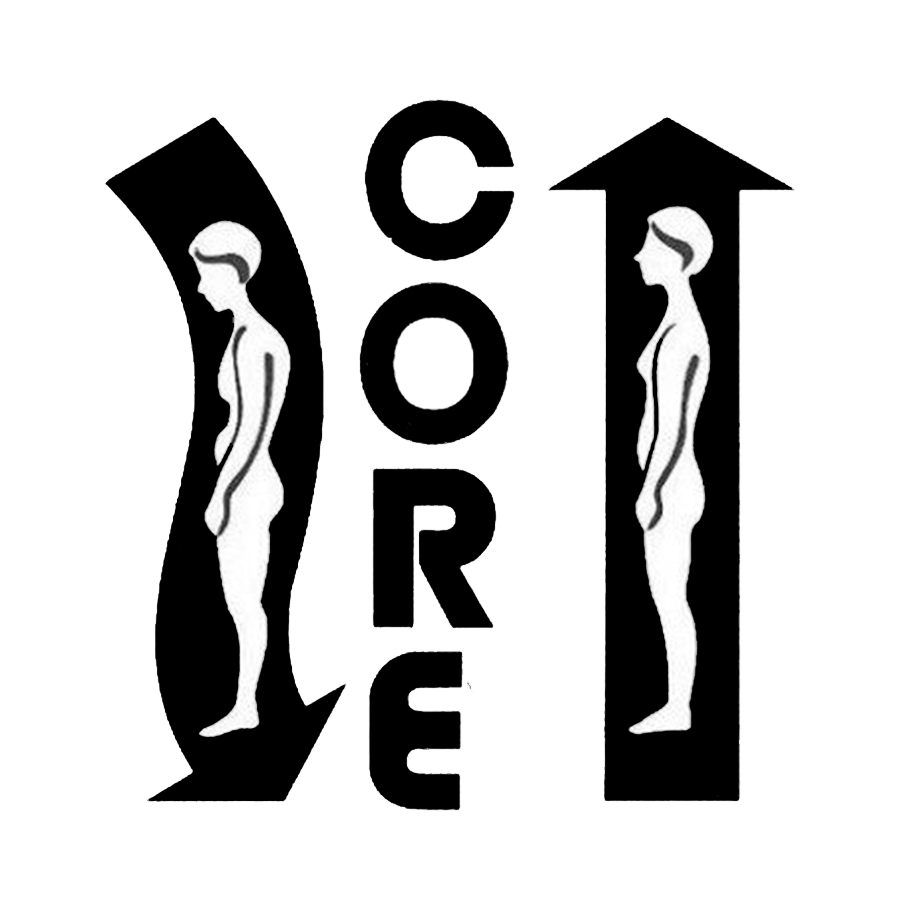The CORE® Principles
By Noah Karrasch
In my years of practice, I have found certain ideas common to many client situations that will affect the greatest change in the body. Be aware these are ideas, not commandments.
Rules for my work
Coax, never force tissue. Respect the tissue and the person. This work is about helping someone, not about us living their life for them. Layer one: “Ahhh!” Layer two: “What’s happening?” Layer three: “Goodbye!”
If a little is good, a lot may or may not be better. Dr. Ida Rolf used to say, “If at first you don’t succeed, get out. If at first you do succeed, get out.” Get it? Don’t assume that working the same place over and over will make the change. Coming through a different door may cause the change. Rolf also said, “Go where you think it ain’t.”
Whenever possible engage the client/patron:
First, with the breath. If a patron can’t take a breath they have either forgotten how to breathe or you are working too deeply and taking their breath away. First make sure they know how to breathe; then work so as not to take their breath away.
Second, use movement. It’s much easier for someone to endure change-bringing work if they do the moving and stretching.
Make it up! Create stretches that talk to the places you want. How can you get them to create length between any two places in the body?
Learn to allow the breath to become the stretch. When one pushes too hard, there is no breath. Don’t make this mistake!
Talk to your patrons. Tell them what you are doing, why you are doing it and how they can help. Give mini anatomy lessons along with your reasons for doing anything; then explain their part in the work. If you give them a model that makes sense to them, you’re halfway there to releasing and healing that which is stuck. It makes sense to give the patron responsibility for their own healing process. I think of myself as both an anatomy coach and a cheerleader when working with a patron.
Give patrons small assignments to prolong the effect of what you are doing. It may be as simple as “play with taking deeper breaths” or “when you sit at the computer, bend from different hinges.” Those who are interested in changing their problems and conditions will be excited by their assignments.
Don’t get over focused on any of these techniques as the be-all and the end-all to curing a specific problem or condition. If it works once, it may not work for the next person. See #2 above. Dr. Ida Rolf also said, “When you try to fix symptoms, you get into trouble.”
Let go. Your patron has bought an hour of your time; if you give more you have less for the next person in your studio. They didn’t get so bound up in an hour; give yourself more than an hour session to facilitate change.
